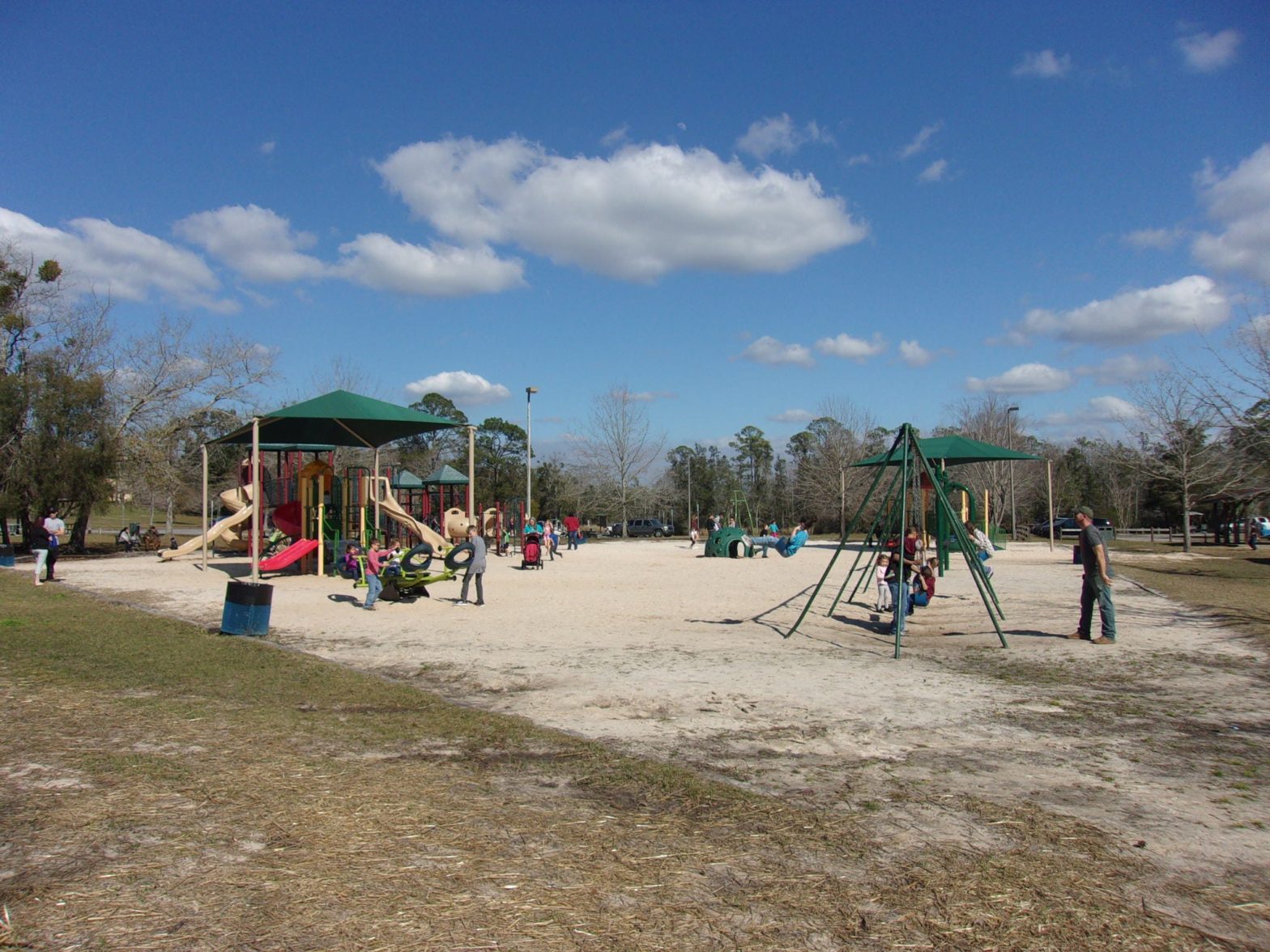Read 10 sources on the history of Daylight Saving Time, and you’ll get 10 different versions of how and why it came into existence.
One source says that farmers wanted this to maximize productive farming time. Another source says farmers not only were not behind the movement, but never liked it. The next source claims that business owners in the 1800s thought that customers were more likely to shop after work if it were still light out. And of course, the next source never mentions business owners or farmers.

Rumor also has it that Benjamin Franklin broached the idea in the late 1700s, simply because more hours of sunshine made for happier people.
In order to dispel the rumors and set the record straight, one need only consult the good old Farmer’s Almanac, a reliable source for knowledge that doesn’t change with the, ahem, ‘times.’
According to the Almanac, the Germans first employed Daylight Saving Time (DST) during World War I as a fuel saving measure. The U.S. followed suit in 1918, but pressure from farmers, whose cows refused to pay attention to the clocks, ended the experiment. DST was imposed on the U.S. again during WWII, and rescinded again at the war’s conclusion.
Also this weekend: First round of $1,400 COVID-19 relief checks to start hitting bank accounts this weekend, White House says
House for sale: Waterfront Victorian mansion rich in history listed for $2.9 million in St. Augustine
In crime news: Governor 'not inclined' to commute sentence of Fort Myers man serving 60 years for cocaine
Does shifting to DTS actually conserve energy? Once again, the answer lies in which source you consult. A 2008 Department of Energy study concluded that the savings amounted to the electricity used in 100,000 homes in a year’s time, while another study the same year concluded that the opposite was true.

In 1966, the U.S. officially adopted DST, with four more weeks added in 2007. Now the shift ahead takes place on the second Sunday in March, and the fall back occurs on the first Sunday in November.
Nine to five workers mostly appreciate the shift, according to Shawn Buice, a local mental health care professional.

“With everything that is going on, of course we could all use an extra hour of sunshine and outdoor activity,” Buice said.
Florida lawmakers passed legislation in 2018 to make DST permanent, but lacking congressional approval, it has not yet taken effect.
Regardless, clocks should be set ahead at midnight on March 14, or you’ll be late for school or work, and the cows might not know when it’s time to be milked.
This article originally appeared on Santa Rosas Press Gazette: Daylight Saving Time: Whose idea was this, anyway?
